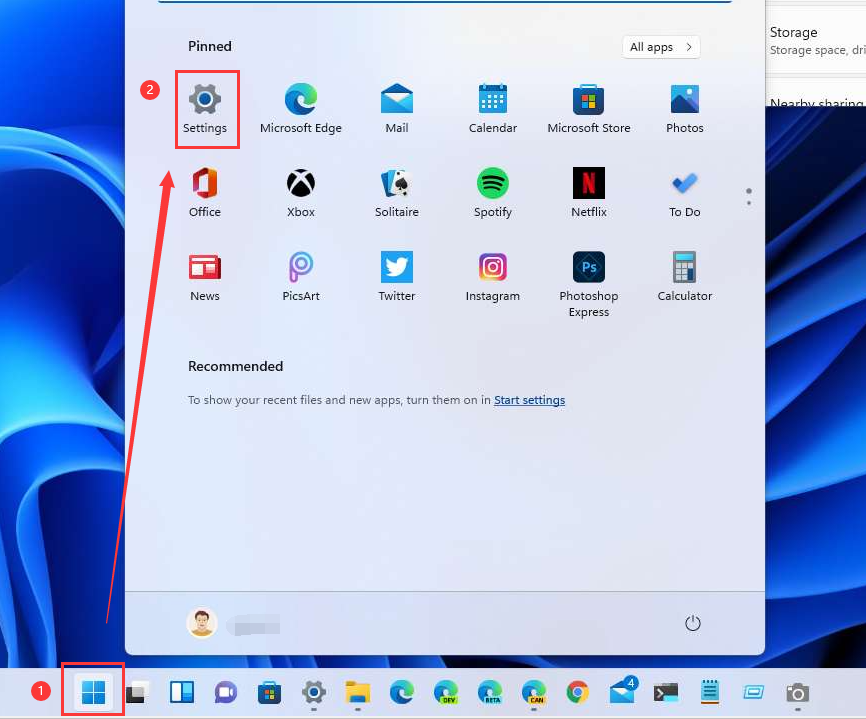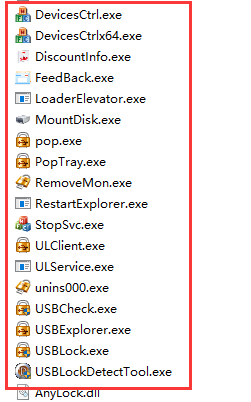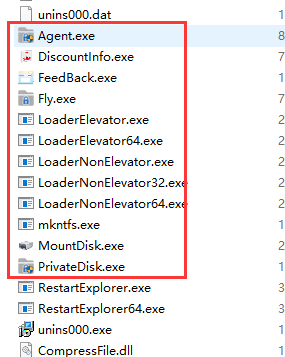How to Whitelist Files/Processes in Windows 11 Defender
- Home
- FAQ
- File Protector
- How to Whitelist Files/Processes in Windows 11 Defender
Summary
The article explains how to whitelist files in Windows 11 Defender to prevent the built-in anti-malware program from mistakenly identifying trusted files as threats. It highlights the default real-time protection feature of Microsoft Defender and the need to add certain files to the exclusion list to avoid unnecessary blocking. The concept of whitelisting is introduced, emphasizing the importance of being cautious when excluding items to ensure only trusted files are allowed.





Easy to use Few clicks for whole folder encryption process.
Overall protection Users can hide, lock or get other protection to files in local disk or USB disk.
High Security Classified encryption method prevents data from leakage.
Compression transfer Support to compress and encrypt any files to secure the file transfer security.
Advanced self protection Provide self
Easy to use Few clicks for whole folder encryption process.
Overall protection Users can hide, lock or get other protection to files in local disk or USB disk.
High Security Classified encryption method prevents data from leakage.
Relate Links :
Preventing Information Leaks for your business: The Importance of File Encryption
08-02-2024
Amanda J. Brook : We frequently use computers and USB drives to store or transfer important files, yet many neglect to encrypt...
Enterprise Information Leakage Countermeasures
08-02-2024
Amanda J. Brook : This article explores the importance of information security for businesses in the face of rapid technological progress and...
Amazon Data Breach incident and Solutions to Prevent Information Leakage
12-01-2024
Amanda J. Brook : With the popularity of Internet applications and people's dependence on the Internet, Internet security issues have become increasingly...
Inspiration from the Huawei Data Leak Incident
11-03-2024
Amanda J. Brook : With the relentless evolution of the Internet, we've unlocked immense conveniences that have transformed our daily existence. However,...




